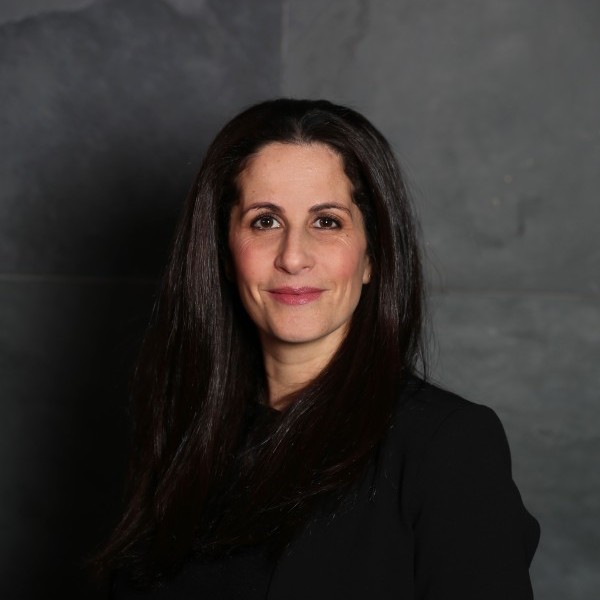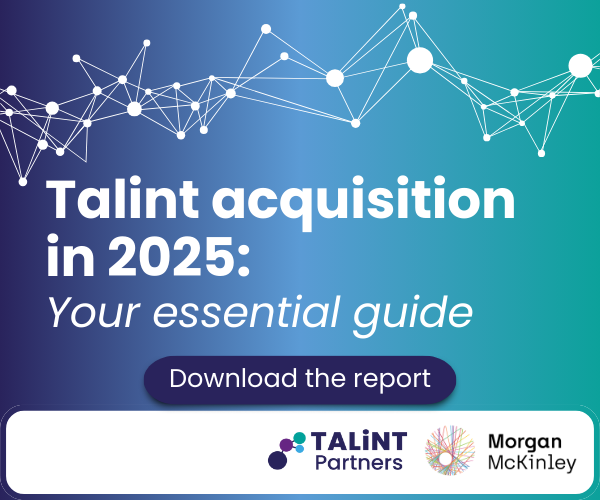South Korea’s shrinking workforce is facing a potential solution: the country’s older workers. According to a survey conducted by Statistics Korea, a remarkable 60% of individuals aged between 55 and 79 are currently employed. This equates to over 9.3 million people, marking the highest rate of labour force participation in this age group since the collection of relevant statistics began in 2005, as reported by Korea JoongAng Daily on Sunday.
The population of older workers has surged by approximately 60% since 2013, the survey revealed. At the current growth rate, the number of older workers is projected to surpass 10 million by 2024. This increase is predominantly attributed to a growing number of baby boomers, born between 1946 and 1964, entering the older adult demographic. The upswing in economic activity within this group can be ascribed to their improved physical health and longer life expectancies, coupled with mounting economic concerns such as the cost of living, as highlighted by Korea JoongAng Daily. According to the survey, these older workers are predominantly engaged in jobs that require little or no prior experience or training, often involving routine tasks.
The population of older workers has surged by approximately 60% since 2013
Furthermore, the survey identified a rising number of older women expressing their desire to work in the future. In 2011, 47.8% of women in this age group aspired to work, a figure that increased to 60.3% in 2021. For men, the corresponding percentages were 74% in 2011 and 77.3% in 2021. Professor Kim Young-sun from the Graduate School of East-West Medical Science at Kyung Hee University explained that one reason for this trend is the evolving socio-economic realities for older women, who now possess different educational backgrounds, incomes, and economic and social status compared to the past.
These newcomers could help alleviate the labour shortage resulting from South Korea’s declining population, noted Professor Kim, as “raising the birth rate takes a long time.” In light of this, the researchers behind the survey emphasised the need for initiatives that consider the supply and profile of older workers. These initiatives should encompass the expansion of customised support programmes for older women and the implementation of flexible work arrangements, according to Mr. Ahn Jun-ki, the study’s conductor and a researcher at South Korea’s national employment information service.
South Korea is the world’s fastest ageing society and boasts the world’s lowest fertility rate. By 2022, the average number of children born to a South Korean woman had plummeted to a historic low of 0.78. In June 2023, the country increased its annual quota for skilled foreign workers to 30,000, a substantial surge from the 2,000 limit in 2022. Originally, South Korea had planned to cap the 2023 quota at 5,000. The substantial increase for this year is intended to mitigate labour shortages in various sectors, including manufacturing and agriculture. Since its introduction in 2017, the annual quota has seen a gradual increase from 300.












